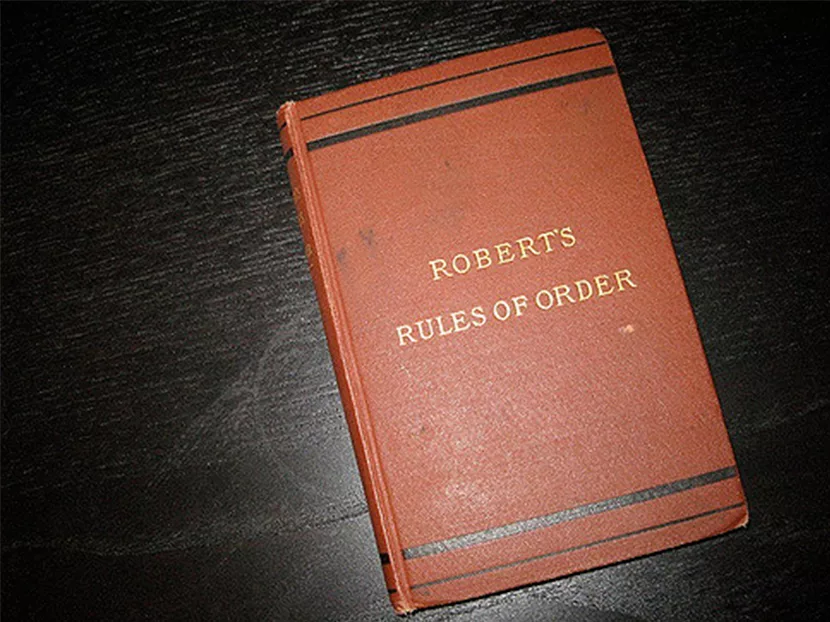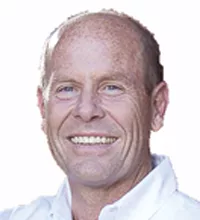I invite the readers of Plumbing Engineer to spend a day at the International Association of Plumbing and Mechanical Officials (IAPMO) with me and get a glimpse of what goes into developing the codes and standards by which we live. You might be surprised at what you find out.
In 2015, IAPMO convened the 2018 Uniform Solar Energy & Hydronics Code (USEHC) development under the ANSI consensus process. The technical committee met on October 26, 2016 to review proposals for the 2018 USEHC code. In attendance among the 14 invited technical committee members were four members of the International Ground Source Heat Pump Association (IGSHPA).
Geothermal heating and cooling systems (a fundamentally hydronic technology) are growing in popularity, and as such, the IAPMO has realized the need for competent codes for geothermal heating and cooling systems. Though I’m not at liberty to speak of the code changes in process, I can speak about the process and some of the folks that made it possible.
The process of code updates uses Robert’s Rules of Order. It’s a parliamentary procedure, kind of like what you would imagine taking place in a congressional committee. There are lawyers (to make sure everything complies and to provide guidance), transcribers and officials that help to ensure the committee does everything correctly. We were carefully guided in every aspect of the process.
As an example, let’s say there was a proposed change to the code’s mention of “circulators,” but someone suggested that “circulators” should be replaced with “circulators and pumps,” in an effort to reduce confusion. This is a high overview of how the process goes:
- April 5, 2016: Call for proposals (like the change suggested above)
- July 1, 2016: Deadline for submission of proposals
- October 25-26, 2016: Technical Committee Meeting (just took place at IAPMO)
- November 15, 2016: Initial ballot to technical committee
- December 16, 2016: Final closing date for ballots; including receipt of vote changes based on circulation of comments
- March 26, 2018: Distribution of report on comments
This report goes to an executive committee for placement in the standard after proper review. I understand the code will be issued toward the end of 2018, and it will be in force for three more years as the process starts over again for 2021.
Going back to the technical committee meeting, after a proposed standard update is presented before the technical committee, someone makes a motion to accept, amend or reject. Someone must second the motion, and then there is a vote. This is a “parliamentary” process, and it can take some time, especially on difficult topics. We had 136 proposed standards to review, which made for a long day.
The IAPMO exists to provide for public health and safety through publications of standards. These standards can be adopted by local building departments in whole, or in part, and they can be improved locally.
Committee members are selected after completing a membership application for the committee on which they wish to serve. In my case, IAPMO found and reached out to me, and asked me to apply to the USEHC Technical Committee. Each proposed member must be approved, and then they are notified by the IAPMO of acceptance to the technical committee. We also must make our way there entirely at our own cost. For many, that’s an expensive trip.
As geothermal HVAC writer and consultant, I was pleased with the good work done toward adoption of geothermal heating and cooling standards by IAPMO. Geothermal implementation is growing leaps and bounds, and our building departments need to have a competent template from which to work. Every serious geothermal mechanical professional I know is more than busy. My recommendation to all is to go to the IGSHPA website and find an accredited installer or designer workshop near you. Better yet, join us at the IGSHPA Technical/Research Conference and Expo, March 14-16, 2017; Crowne Plaza Denver Airport Convention Center. You can take accreditation classes there, get CEUs and learn the latest about geothermal heating and cooling technologies.
So the next time you look at a hydronic code standard, remember that you have a voice in the process. Then think of 14 committee members and staff. Curse us or love us, we really tried to do our best for our industry, the geothermal community and most importantly, for public safety.
Special Thanks to IAPMO for its good work and for the photos.






